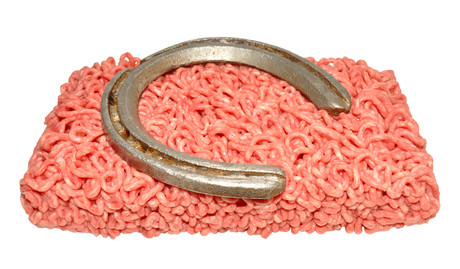Is X-ray better than a metal detector?

Whether you use X-ray or metal detection to detect any foreign contaminants in your products depends on your application. This quick Q&A explains.
Q. What are their strengths?
A. X-ray systems detect metals and other solids (glass, stones and bones), while today’s advanced metal detection systems detect metal and non-ferrous metals. X-ray systems generally find smaller contaminants in a wider range of materials, including large packaged products, cases, cans and bottles.
Q. What are their challenges?
A. Because they’re conductive, metal detection systems struggle with wet and salty products, while X-ray systems struggle with textured, dense products. However, advanced systems can overcome both these issues.
Q. Does packaging type make a difference?
A. Yes. Metallised film and foil-based packaging enhances products’ appearance and/or shelf life, but often rules out metal detectors; however, X-ray inspection systems can see right through these to detect extremely small foreign objects. So take into account all the packaging material, to determine the best investment.
Q. Does it matter where the unit sits on the line?
A. The “optimum detection point” in your processing line is the spot with the greatest chance of finding contaminants, and influences which technology to use. Metal detectors can be installed nearly anywhere, but their design means they work best for small packages and bulk-conveyed products. By contrast, X-ray systems have greater sensitivity in a wider range of products. In both cases, it’s often best to put the unit at the end of the line, examining finished packaged products.
Q. Does speed matter?
A. Yes. X-ray systems need a constant, known speed to construct images, so don’t work in gravity-flow applications. But metal detection can be used almost anywhere. Multiple products can be run through an X-ray at a time, while it is ideal to run one product at a time in a metal detector.
Q. What else can the technology do?
A. Always think about getting the most value: what else can the system do besides detect contaminants? E.g.: X-ray can detect missing products in a pack, or inspect a product by measuring the shape, counting objects or use image density to estimate weight.
Because so many different factors affect performance, speak to an expert on configurations to meet your requirements.
ST. ALi doubles capacity with second coffee packaging machine
In order to meet growing demand for its product, coffee brand ST. ALi has added another coffee...
Powdered plant milk designed to cut packaging and emissions
Bare*ly Mylk, a startup founded by Monash University alumni, has developed powdered plant milk to...
Linerless packaging design for kiwi fruit rebrand
Global kiwi supplier Zespri has collaborated with Tesco for its packaging revamp that is designed...














